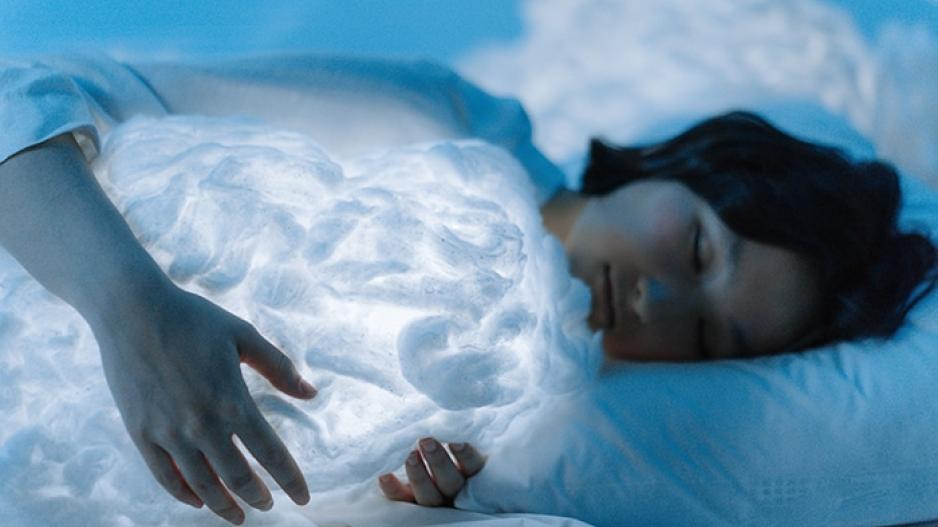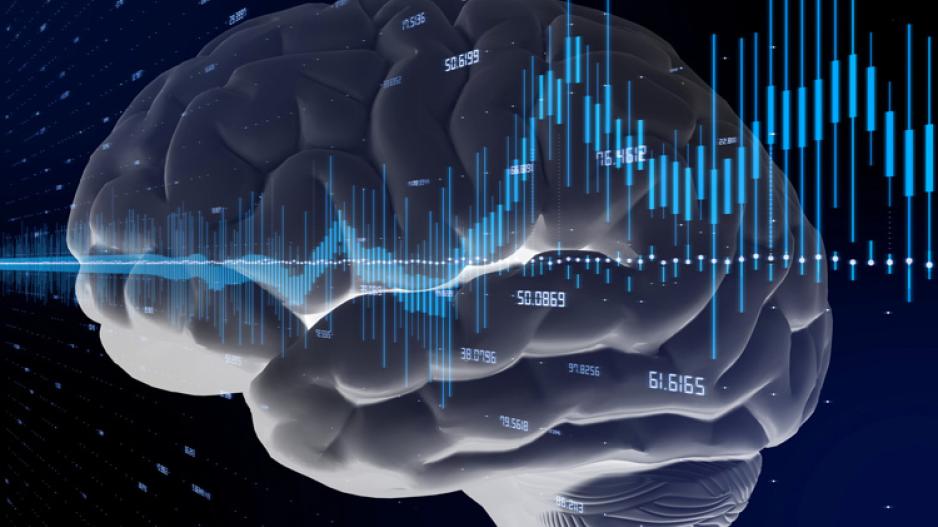Neuroscientists Uncover How Dreams Replay and Predict Experiences
The Role of Neurons in Dream Formation and Memory Consolidation
The nature and significance of dreams have intrigued humanity since the dawn of civilization. Despite rapid advancements in neuroscience and psychoanalysis shedding light on many aspects of sleep and dream mechanisms, the realm of dreams remains shrouded in mystery, open to numerous interpretations.
A team of specialists, comprising neuroscientists and anesthesiologists, published a study in the journal "Nature" revealing that certain neurons not only replay recent past experiences but also predict future events during sleep.
"Certain neurons fire in response to specific stimuli. Neurons in the visual cortex, for example, activate with the appropriate visual stimulus. The neurons we study seem to have preferences in how they activate," explains Kamran Diba, an anesthesiologist at the University of Michigan and one of the study's lead researchers. The team explored how these specialized neurons generate a representation of the world following a new experience.
Specifically, they observed the emergence of "sharp wave ripples," a pattern of neural activation known to play a role in the consolidation of new memories. Recent findings also suggest these ripples indicate which parts of a new experience will be stored as memories.
"For the first time in this study, we observed how these individual neurons stabilize spatial representations during rest periods. We hypothesized that some neurons might change their representations, reflecting the experience we all have when we wake up with a new understanding of a problem. Demonstrating this, however, required tracking how individual neurons achieve spatial coordination—how the brain learns to navigate a new route or environment," says Dr. Caleb Kemere, a neuroscientist at Rice University in Houston.

Researchers conducted experiments with mice, observing their movements in specially designed corridors. They developed a statistical machine learning approach to map the brain activity of the test animals, aiming to understand how neurons recorded the space and coordinated their function to help the mice navigate more easily.
The researchers describe a phenomenon of neuroplasticity occurring during sleep. According to them, this mechanism does not just depict the point in space where the dreamer, in this case, the mouse, is located, but also predicts where it will move next.
"What I found most fascinating about this research and why I was so excited about it is that during sleep, these neurons don't just stabilize a memory of the experience. It turns out that some neurons end up doing something else. We can see these other changes occurring during sleep, and when we put the animals back in the environment a second time, we can confirm that these changes reflect something learned while the animals were sleeping. It's like the animal experiences a second exposure to the space while sleeping," Kemere explains.






